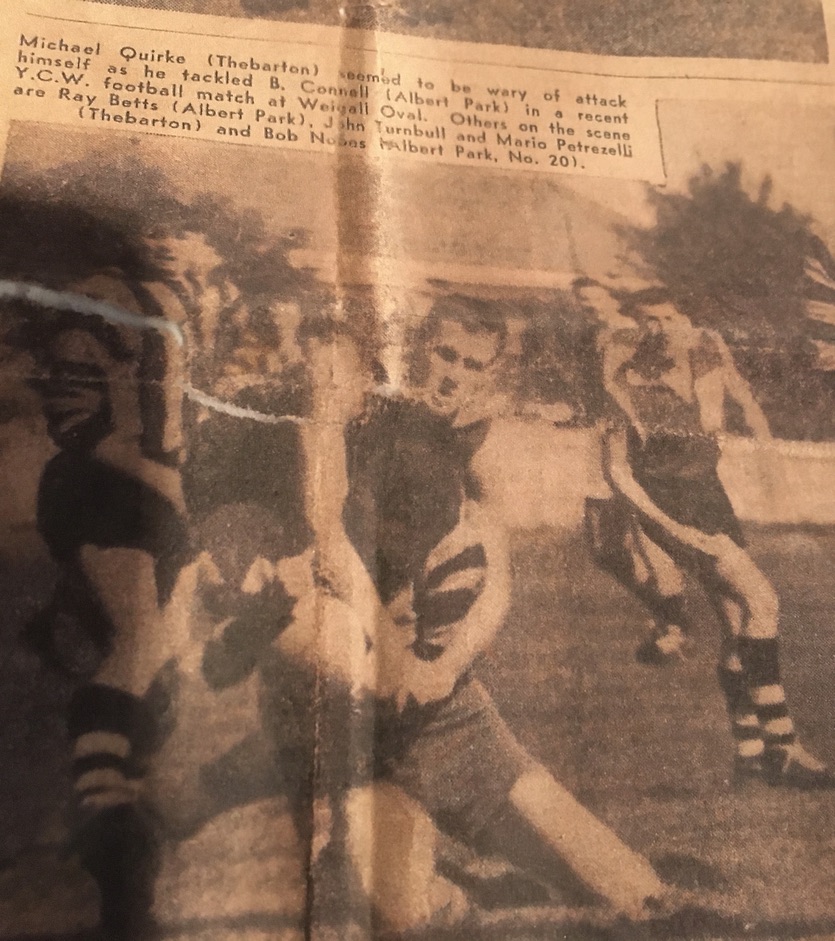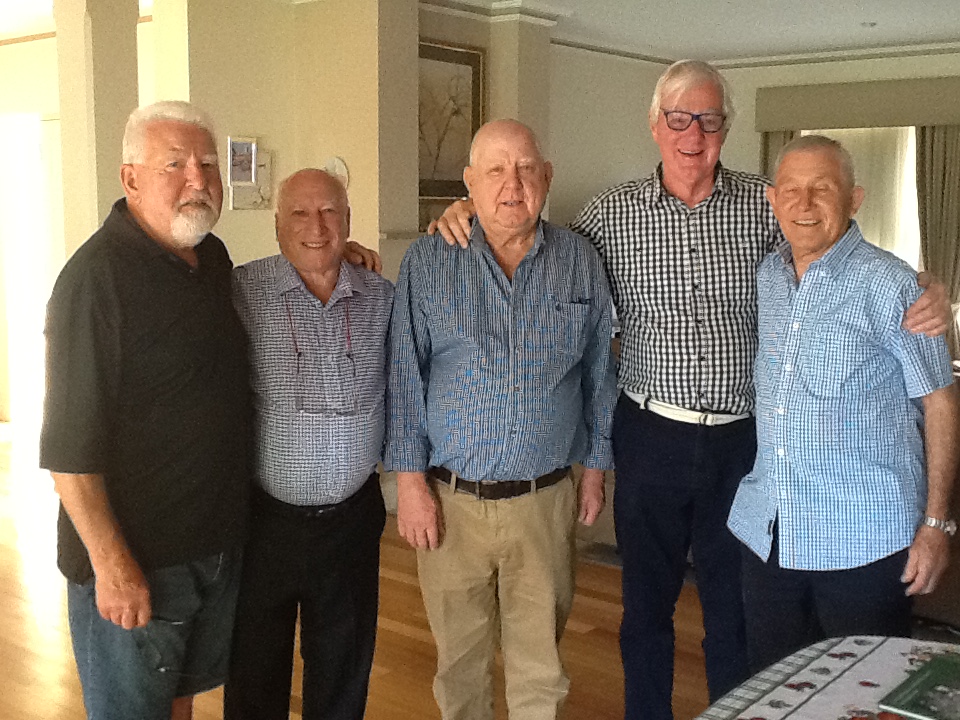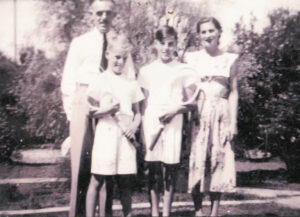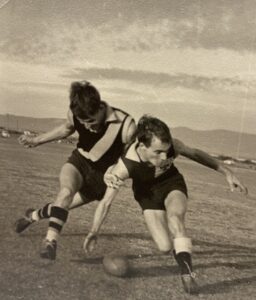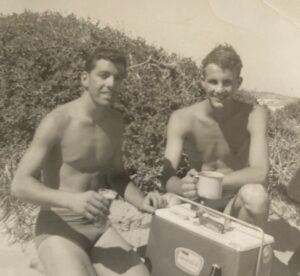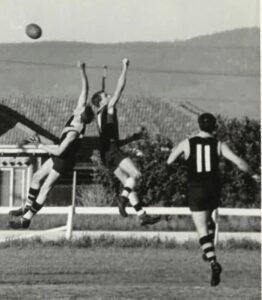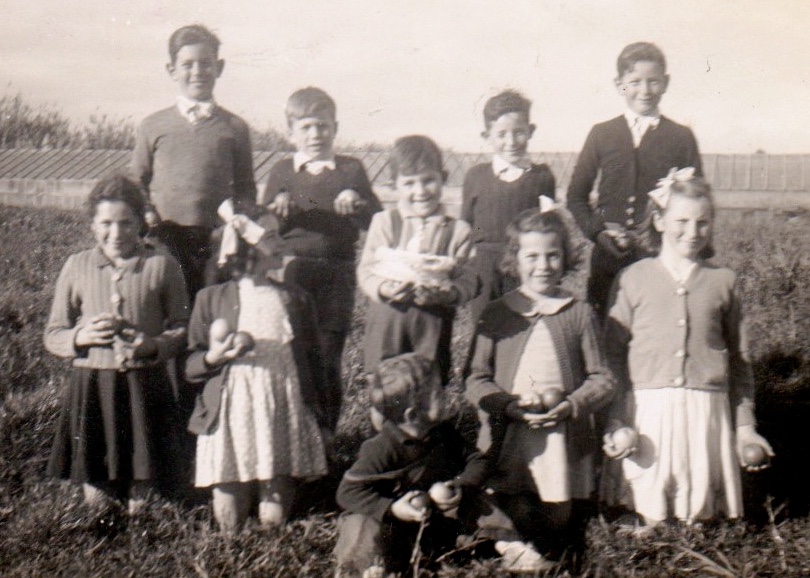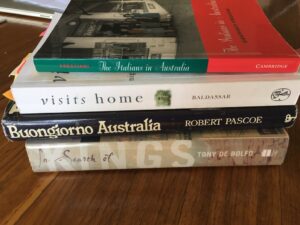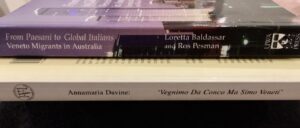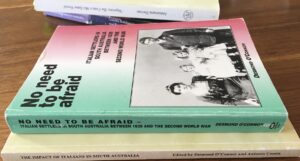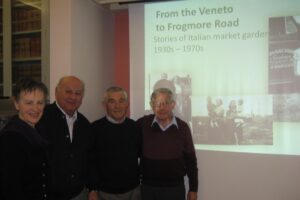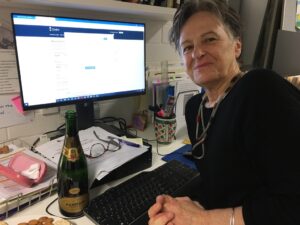In Part 2 of his blog, Michael Quirk continues his reflections on his friendship with
Johnny Marchioro, Vin Camporeale and Mario Petruzzelli
from the late 1950s.
Not only were Johnny, Vin and Mario outstanding friends, but they were great role models for the younger me, a fact my mum repeatedly referred to in coming years.
Honest, loyal and caring, with an outstanding work ethic … all attributes passed on to them by their parents who did it tough overcoming much hardship in their early years in Australia forging new lives.
Their fathers all came alone to South Australia in the 1920s to lay down foundations for the future in their new country.
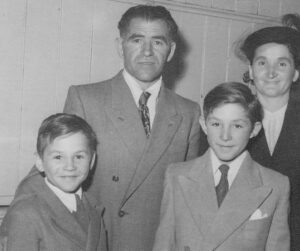
Like Johnny’s mum and dad, Vin’s parents Felice and Caterina were married by proxy before the war, their mums sailing from Italy to join their dads in Australia – Johnny’s from Italy’s Veneto region and Vin’s from Molfetta, Bari in the southern Apulia region.
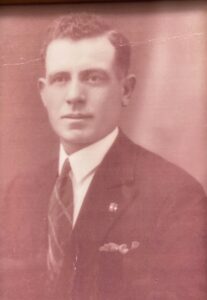
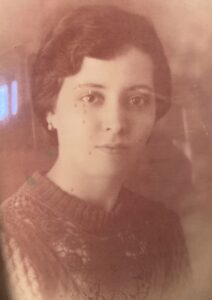
Vin’s Dad, one of 17 children, was a fisherman in Australia, having gone to sea aged 11 in Italy where he initially used to man the crow’s nest in tall sailing ships.
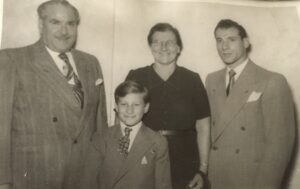
Mario’s parents, Pantaleo and Girolama were married in Molfetta, Bari, (where Vin’s parents came from) before Pantaleo sailed for Australia in 1924. Girolama and their first son, Tony, joined him in Australia in 1939.
Vin and Mario’s dads were interned during World War II at Loveday Internment Camp near Barmera on the River Murray. Johnny’s father was conscripted to the Civil Aliens Corps in the Northern Territory from January 1944 to June 1945. The three mothers were left to work and raise their children alone at that time.
Pantaleo was a hairdresser and for years operated the famous Hollywood Hairdressers in Hindley Street with Tony and Mario.
Hollywood Hairdressers played a pivotal role in my life. Walking out after a haircut one afternoon I ran into Judith Roberts, whom I had gone to school with in Kadina.

Judith and I were married in London in 1965, the same year as Johnny married Eleonora in Adelaide. Johnny was a groomsman for Vin.
Well before this, however, we were just simple young men “on the tear”. Saturday nights we would pile into Mario’s little car and head to the dances at Glenelg, Norwood, Burnside and other places where we would try smooth-talking the girls. For two of us – Johnny and Vin – it eventually worked, leading to long, happy, successful marriages which sustain to this day.
At the Burnside Town Hall dance sometime in November, 1959, during a progressive barn dance which all four of us liked because it was a sort of speed dating, Vin, who was ahead of me told a girl: “See the bloke two down (which was me), that is the jockey Pat Glennon who won the Melbourne Cup on Macdougal, last Tuesday”.
She was quite impressed even though I was over 6 ft. tall.
One of the most lasting and happy memories for me of that year and later was the way Johnny’s mum Angelina (Mrs Marchioro to me), Vin’s mum Caterina (Mrs Camporeale to me) and Mario’s mum Girolama (Mrs Petruzzelli to me), welcomed “Michele” into their homes with big smiles before serving up ever increasing piles of pasta etc. Boy, could they cook!
My mum, Dorothy, loved my mates. She didn’t know how to cook pasta so made scones and they loved them as much as I loved their mums’ pasta.
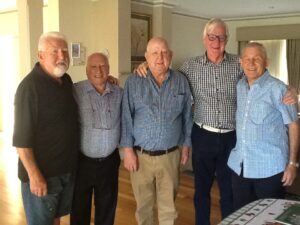
Michael Quirk
25 July 2021
